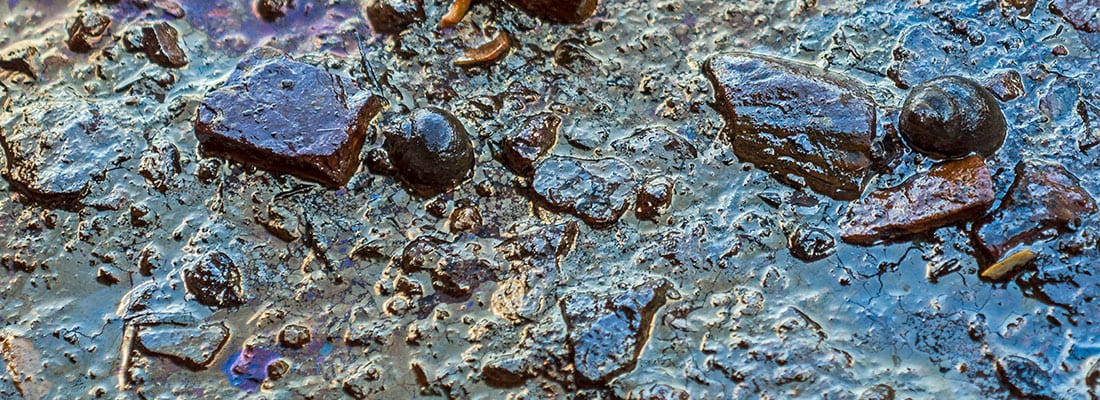Contamination Control After a Flood
 It’s been approximately one year since Hurricane Harvey hit the gulf coast. Harvey was a once-in-a-lifetime-size storm, some of Houston and surrounding areas are still recovering and for the most part, have resumed life as usual. As we come closer to this year’s Hurricane season, it’s important to know what water contamination can mean for your equipment, and what you can do to prepare for these devastating – and unexpected – acts of nature.
It’s been approximately one year since Hurricane Harvey hit the gulf coast. Harvey was a once-in-a-lifetime-size storm, some of Houston and surrounding areas are still recovering and for the most part, have resumed life as usual. As we come closer to this year’s Hurricane season, it’s important to know what water contamination can mean for your equipment, and what you can do to prepare for these devastating – and unexpected – acts of nature.
What to Look For
If a flood does occur, what are some of the signs to look for on your equipment?
- Dried mud crusted on your containers
- High water marks above your container
- Whether your cap lids and vents are still in place
- Filters are saturated with water
- Your oil is milky or cloudy
- When you take a sample, is there free water separated?
Test ASAP to Determine Contamination
If you see any of these issues we recommend immediate testing. We offer several different testing methods that can identify water contamination:
- The simplest and way and most often used is Water by Crackle. This is usually the quickest – but the least precise. It can indicate the need for further testing with more advanced methods.
- Fourier Transform Infrared spectroscopy (FTIR) can determine an approximate amount of oil in water.
- Water by Karl Fischer – a measured amount of the oil sample is introduced into the titration chamber of an automated Karl Fischer Titrator. The sample is titrated to an electromagnetic endpoint. The result is reported in % water or parts per million.
Click here to see a complete list of the tests and services POLARIS Laboratories® offers.
Moisture, when it contaminates hydraulic and lubricating oils, has a degrading effect to both the lubricant and the machine. Free or emulsified water can lead to excessive wear and can destroy bearings and effect the aging rate of your oil. When in doubt, it’s best to test right away to prevent further damage to your equipment.
It’s also important to continuously test your oil – to establish consistent sample history and to begin creating a baseline for your equipment. In an event a hurricane or unexpected disaster does occur, you’ll be able to tell if your oil has been contaminated or not.
Jonathan Hughes
Houston Laboratory Manager
POLARIS Laboratories®
Proven Impact. Proven Uptime. Proven Savings.
Let us prove it to you.



